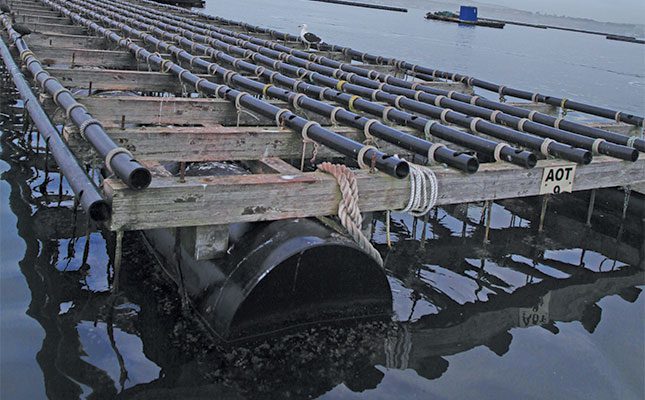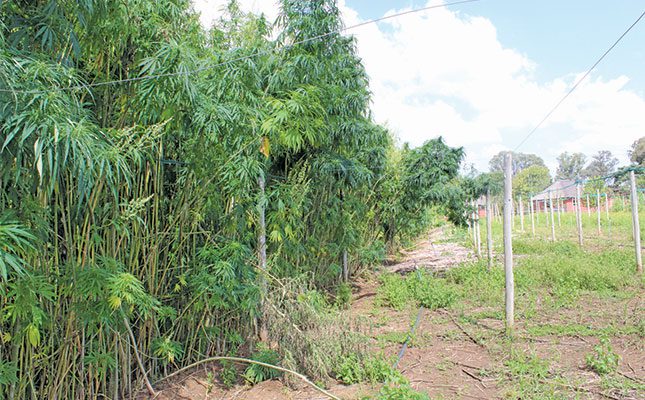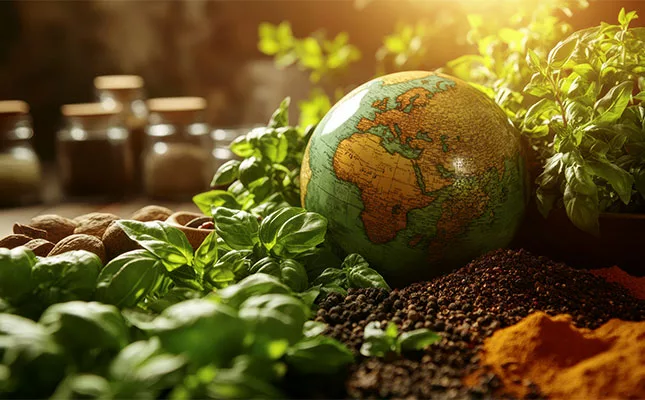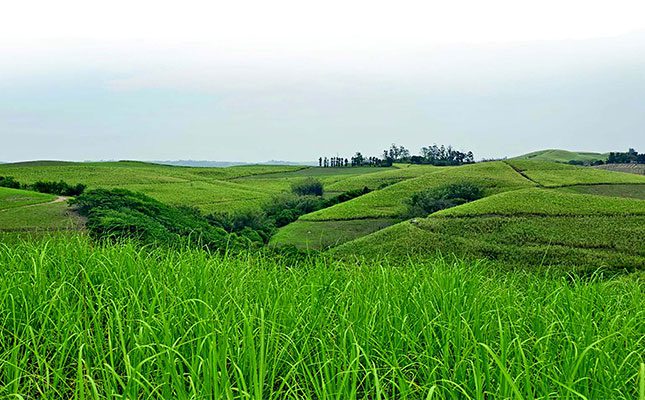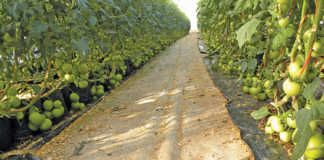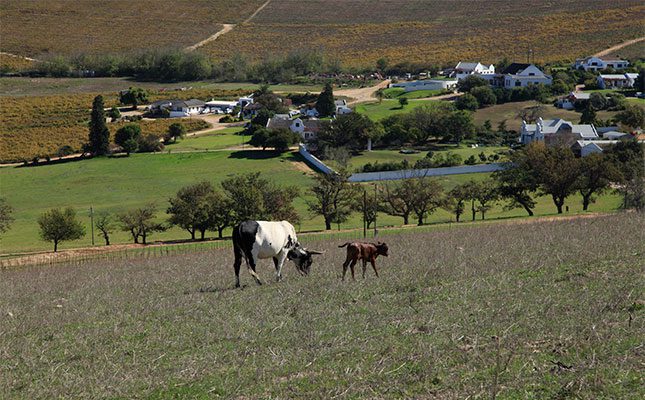
Photo: Glenneis Kriel
Why did you switch to organic and biodynamic farming practices?
Having worked on farms before, my initial idea was to do away with harmful pesticides and chemicals to create a healthier work environment and produce, and leave the soil better than I found it for future generations.
I think this has a lot of do with the way in which a farmer sees his role on earth. I see myself as a steward who cares for and looks after the land, instead of a ruler who typically puts his own interest first.
But why did you specifically embrace organic and biodynamic production practices?
There are many new and old ways in which farmers can become more environmentally friendly and responsible. Producers should find the path that appeals to them and would work best under their production conditions.
I was specifically attracted to organic farming because of its focus on sustainability, and biodynamic farming because of its focus on self-sufficiency. The idea with self-sufficiency is that nothing is bought in, which is quite difficult. Everything that is needed, as far as possible, is sourced from the farm.
Instead of being reductionistic, in other words focusing on specific contributors to farming success, these farming approaches use a holistic way of evaluating success and interventions, and the interconnectedness between these. 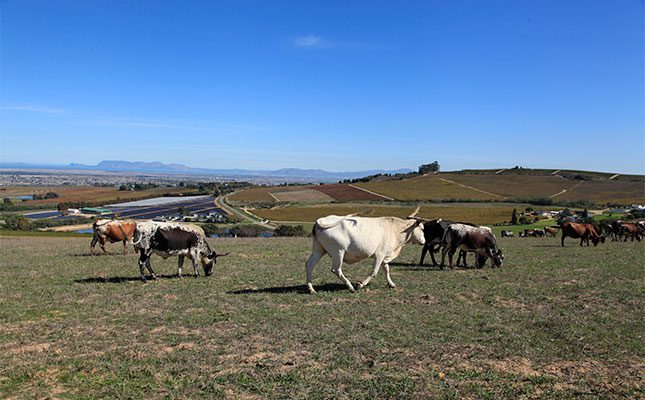
How have these practices helped to reduce your environmental footprint?
I was made aware, early in this journey, of the value of raising soil humus and carbon levels to improve the resilience of the soil and plants against diseases and environmental shocks.
I was told that plants’ resistance increased by 300% by raising the humus content of the soil by 5%, so from then on I started focusing on finding ways to build soil carbon and humus levels using organic practices, which include the use of mulch and compost, and strategic grazing with Nguni cattle.
We also recently started making biochar from alien plants and vineyards that were removed. The biochar helps to improve the soil structure, thereby further improving water, air and nutrient recycling.
How did the switch to biodynamic and organic production affect wine grape yields?
Production went down from an average of 8t/ha to 5t/ha, which would have been financially unsustainable if it did not coincide with a R100 000 reduction in fertiliser and R130 000 reduction in organic fertiliser costs, as we moved from buying these to zero spending.
Our costs are currently averaging R12 000 per year for inputs, broken down into the turning of compost and spreading of compost onto the vineyards.
Over the past few years, as nature recovered, grape production increased again to over 8t/ha, with some vineyards producing up to 11t/ha without compromising quality. This is quite unheard of in this area and translated into an added income of R14 000/t to R15 000/t this year, depending on the variety.
Additionally, introducing Nguni cattle onto the farm has helped to improve farm cash flow by about R100 000 through the selling of oxen and heifers throughout the year, which is very welcome if you farm with a crop like wine grapes that only generates a return in summer.
What is even greater than having been able to improve the financial viability of the farm is that I have managed to do so while simultaneously reducing the carbon footprint of the farm and rendering the farm more climate resilient.
For more information email Johan Reyneke at [email protected].




